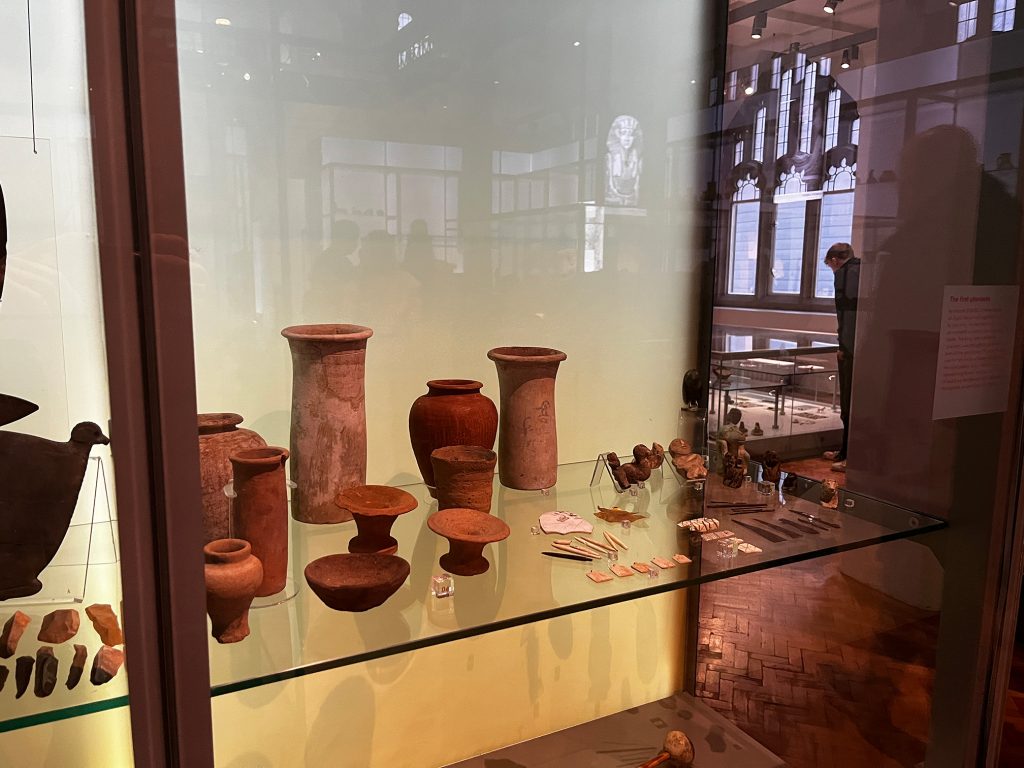
Artefacts from distant past and remote places come alive when you tell stories about them to a discerning audience.
A curator of living cultures at the Manchester Museum has galvanized diaspora communities in Manchester on the cultural and religious significance of African artefacts in his collection.
Dr Njabulo Chipangura considers the return of the Asante gold to the kingdom of Ghana a good example of how museums are trying to address the situation of looted artefacts.
His interview has come against the backdrop of the partially returned Asante gold from the UCLA (University of California Los Angeles) as well as the conversation around returning the thousands of African artifacts that are kept in museums around Europe.
He said that the local communities are a first step in telling the stories of the art because there is always a community who can come into the museum and appreciate the art as well as tell the stories that they engender without having to physically take them to their original geographic location.
He said: “We can only be inclusive by bringing in people with indigenous perspectives and allow them to tell their own stories in the museum through a process called co-curation.”

The intention is to collect the living experiences of the indigenous communities whose culture has influenced the stories and try to tell the stories not from the perspective of the museums or its curator but from the perspective of the indigenous communities whose story is told through the art.
He said: “The art is represented in a democratized format which moves away from an obsession with disciplines of anthropology to a more inclusive focus on communities on whose indigenous systems the knowledge is originally based.”
Dr Njabulo has homed in on the fact that museums cannot adequately tell the stories around the art without involving the local communities on whose history the art is based.
The conversation around the return of artwork for Njabulo becomes steeped in inclusivity of the museums to the diaspora communities in the UK who can appreciate the art and contribute to its story without necessarily having to repatriate it back to their physical indigenous communities.
